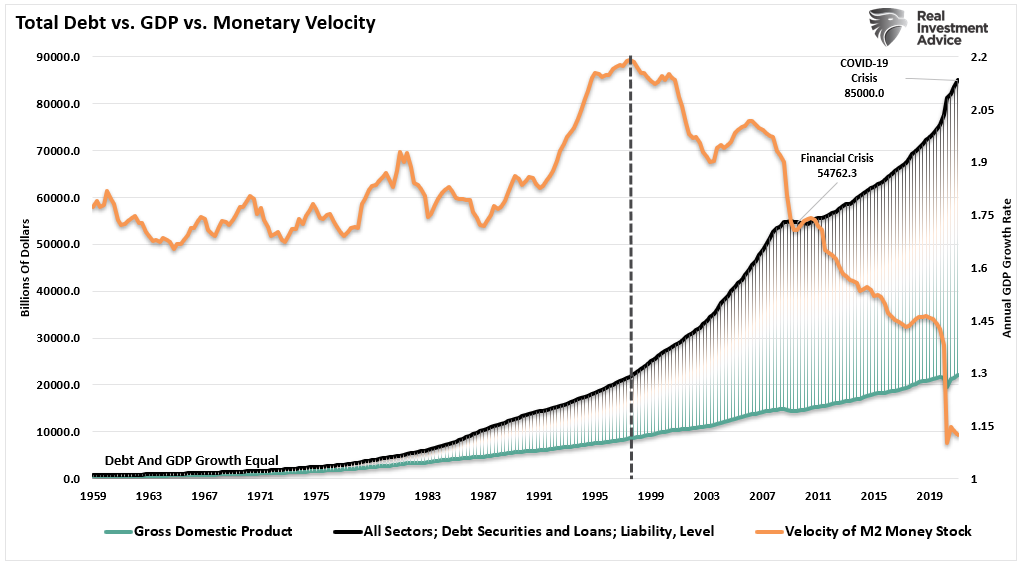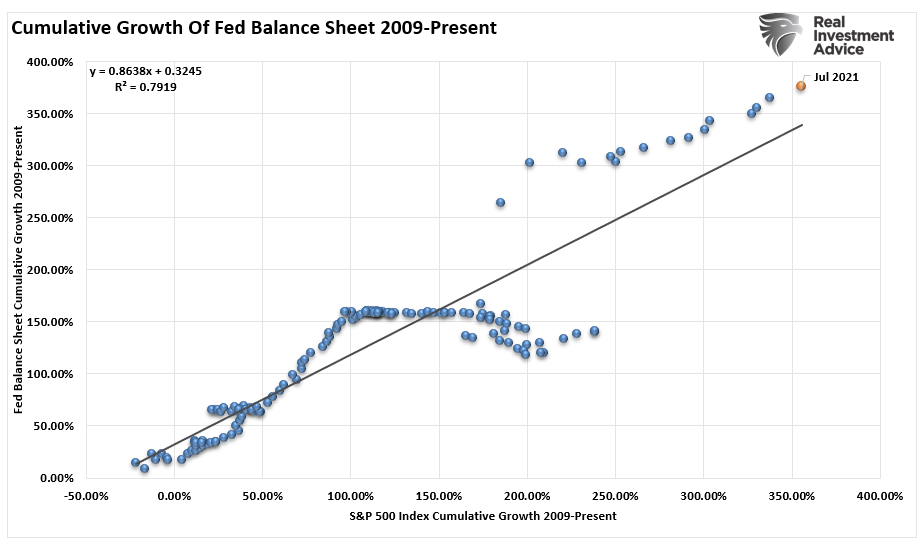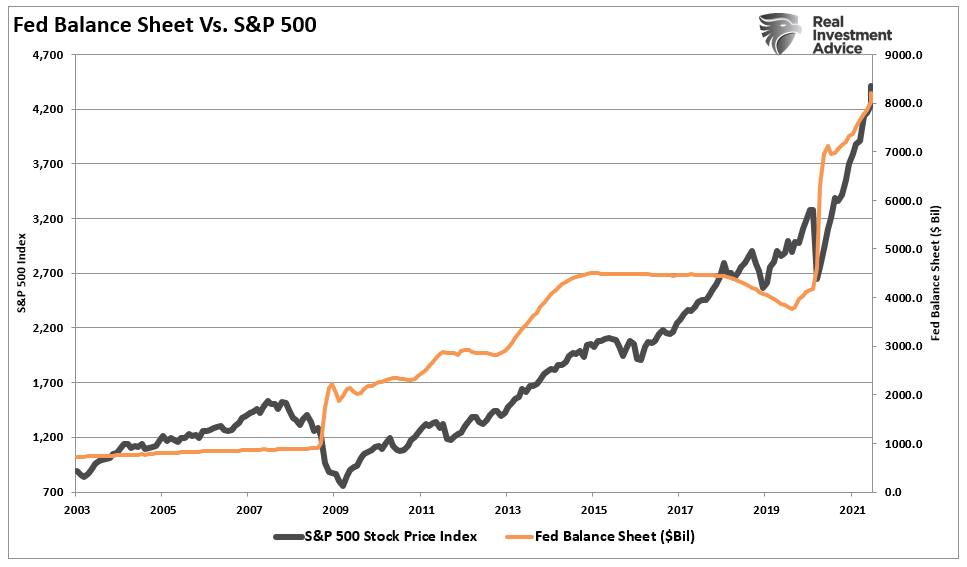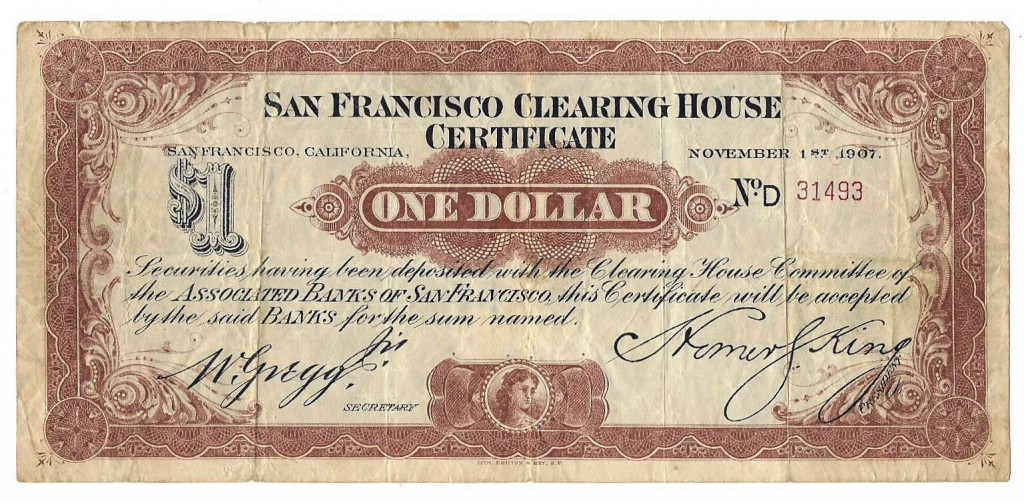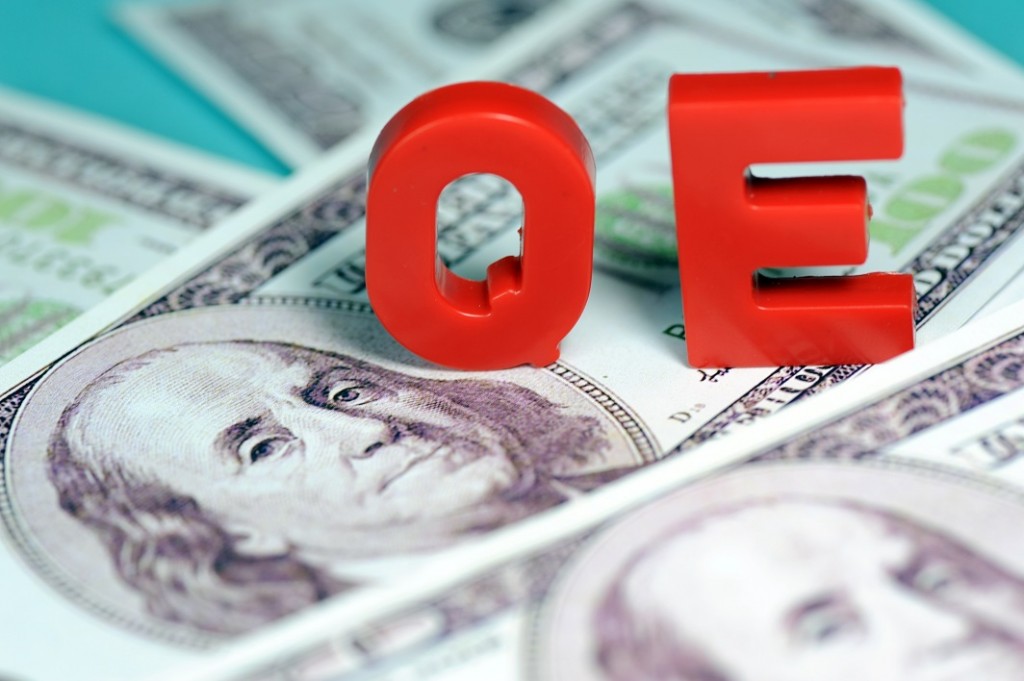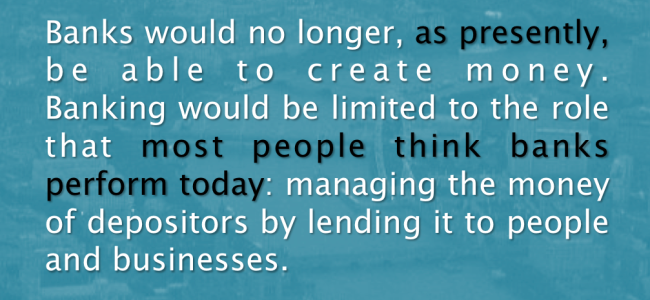Those who control the creation and allocation of money are able to control every other aspect of society. Shouldn’t that be us?

Credit: Flickr/Liz West. CC BY 2.0.
The world today is controlled by a small elite group that has been increasingly concentrating power and wealth in their own hands. There are many observable facets to this power structure, including the military security complex that President Eisenhower warned against, the fossil fuel interests, and the neoconservatives and others that are promoting US hegemony around the world, but the most powerful and overarching force is the ‘money power’ that controls money, banking, and finance worldwide. It is clear that those who control the creation and allocation of money through the banking system are able to control virtually every other aspect of society.
What can be done to turn the tide? How can we empower ourselves to assert our desires for a more fair, humane and peaceful world order? I believe that the greatest possibility of bringing about the desired changes lies in economic and political innovation and restructuring.
The monopolization of credit.
I came to realize many years ago that the primary mechanism by which people are controlled is the system of money, banking, and finance. The power elite have long known this and have used it to enrich themselves and consolidate their grip. Though we take it for granted, money has become an utter necessity for surviving in the modern world. But unlike water, air, food, and energy, money is not a natural substance—it is a human contrivance, and it has been contrived in such a way as to centralize power and concentrate wealth.
Money today is essentially credit, and the control of our collective credit has been monopolized in the hands of a cartel comprised of huge private banks with the complicity of politicians who control central governments.
…click on the above link to read the rest of the article…


